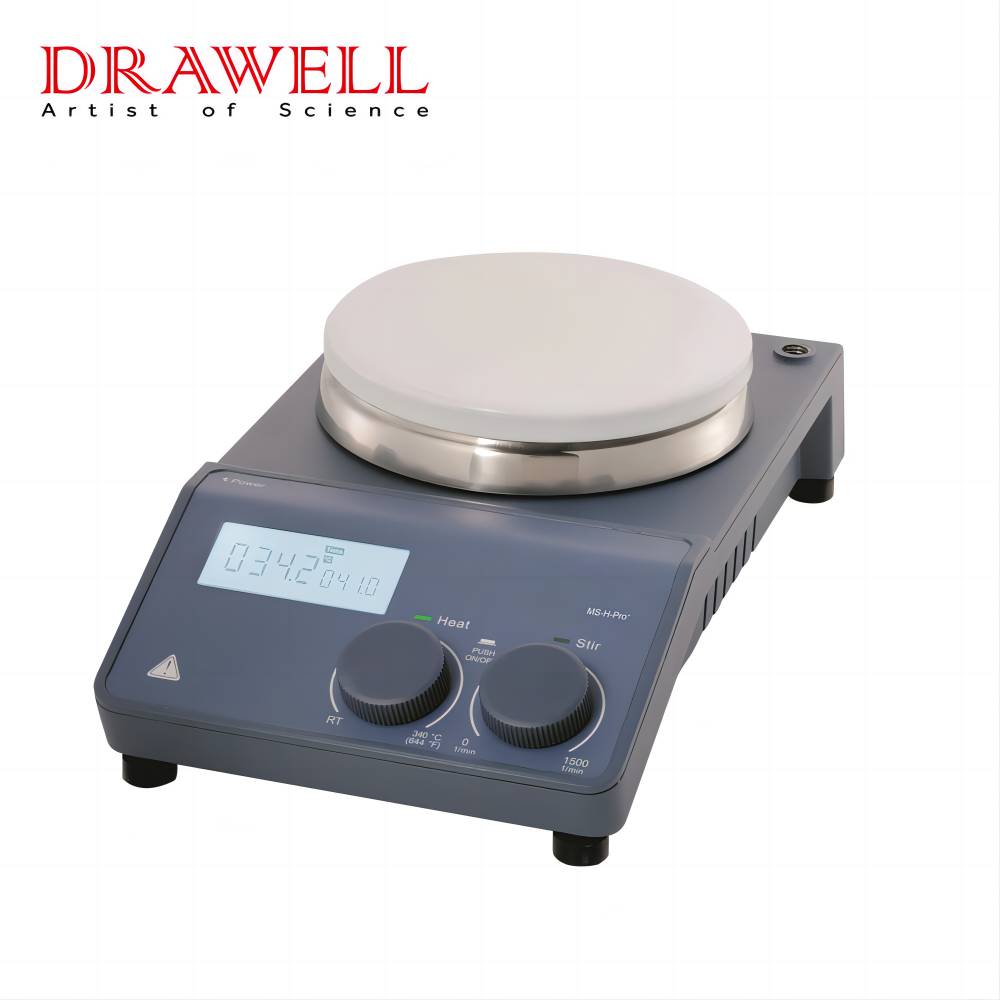Overhead stirrers are indispensable tools in laboratories, offering versatility and efficiency for a wide range of mixing applications. However, improper use or maintenance can lead to suboptimal results and reduce the lifespan of the equipment. This article provides detailed guidance on how to use and maintain overhead stirrers effectively, ensuring reliable performance and longevity.

Choosing the Right Machine for Your Application
Selecting the appropriate overhead stirrer is crucial for achieving optimal results. For high-viscosity samples, it’s essential to choose a machine with sufficient power to handle the workload without straining the motor. Overloading the motor can cause overheating and premature wear, shortening the equipment’s lifespan. Some models, like the MSA Analog Overhead Stirrer by Jeio Tech, feature a “best effort” function that adjusts power to maintain stirring speed while preventing damage from excessive torque.
Additionally, consider the type of impeller or paddle used. The right tool depends on factors such as sample viscosity, desired particle size, and solubility of components. For certain applications, a heated magnetic stirrer or homogenizer might be more suitable. Always evaluate your specific needs before making a decision.
Ensuring Proper Mounting
Proper mounting of the overhead stirrer is essential for safety and performance. Most stirrers are mounted on a post fixed to the lab bench or a separate stand. Vibrations during operation, especially at high speeds, can loosen clamps, so it’s important to tighten them before each use. Check the stability of the mount by attempting to move the stirrer at different angles. A secure mount prevents the stirrer from slipping, which could damage the sample or cause injury.
Securing the Impeller
The impeller must be securely locked in place to avoid accidents and ensure efficient mixing. Most models use a chuck that tightens around the impeller shaft with a key. However, some stirrers, like the LH Overhead Stirrers by VELP Scientifica, allow for hand tightening. When locking the impeller, ensure the shaft is centered so the chuck closes evenly. An improperly secured impeller can fall out during operation, potentially breaking glassware or contaminating the sample.
Tip: Before inserting the impeller, adjust the chuck jaws to slightly larger than the shaft size for a secure fit. Always confirm the impeller is tightly attached to the shaft to prevent loosening during use.
Regular Cleaning and Maintenance
Regular cleaning is vital for maintaining the performance and longevity of your overhead stirrer. The motor housing should be wiped down with a soft cloth and a solution of warm water and lab detergent to remove dust and grime. Dust particles can become airborne during operation, contaminating your samples. Additionally, clean the impeller between uses to prevent cross-contamination.
If your stirrer comes with a protective cover for the chuck, use it to shield the machine from corrosive materials. This simple step can significantly extend the equipment’s lifespan. For more information on laboratory equipment maintenance, visit Wikidata’s entry on laboratory stirrers.
Video Demonstration
For a practical guide on using and maintaining overhead stirrers, watch the following video:
Recommended Equipment
For laboratories seeking a reliable and versatile stirrer, the Classic Magnetic Hotplate Stirrer MS-H-S is an excellent choice. Its robust design and advanced features make it suitable for a wide range of applications.
Proper use and maintenance of overhead stirrers are essential for achieving consistent results and prolonging the equipment’s lifespan. By selecting the right machine, ensuring secure mounting, locking the impeller correctly, and cleaning regularly, you can maximize the efficiency and reliability of your overhead stirrer. Whether you’re working with high-viscosity samples or delicate mixtures, these best practices will help you maintain optimal performance in your laboratory.
